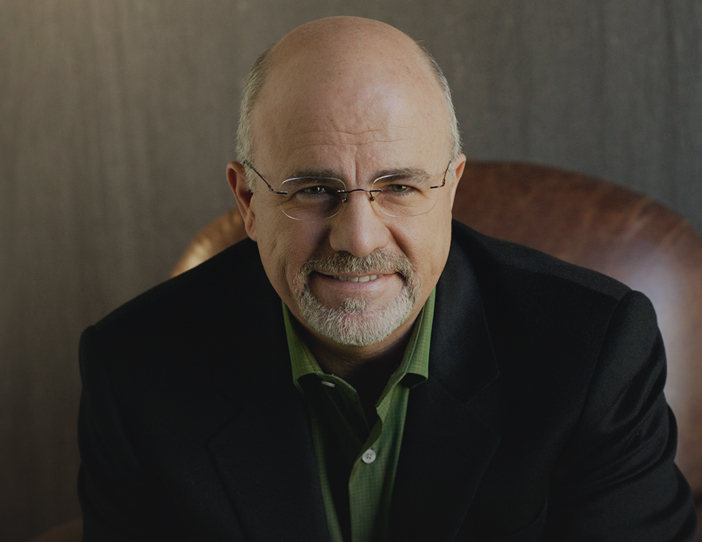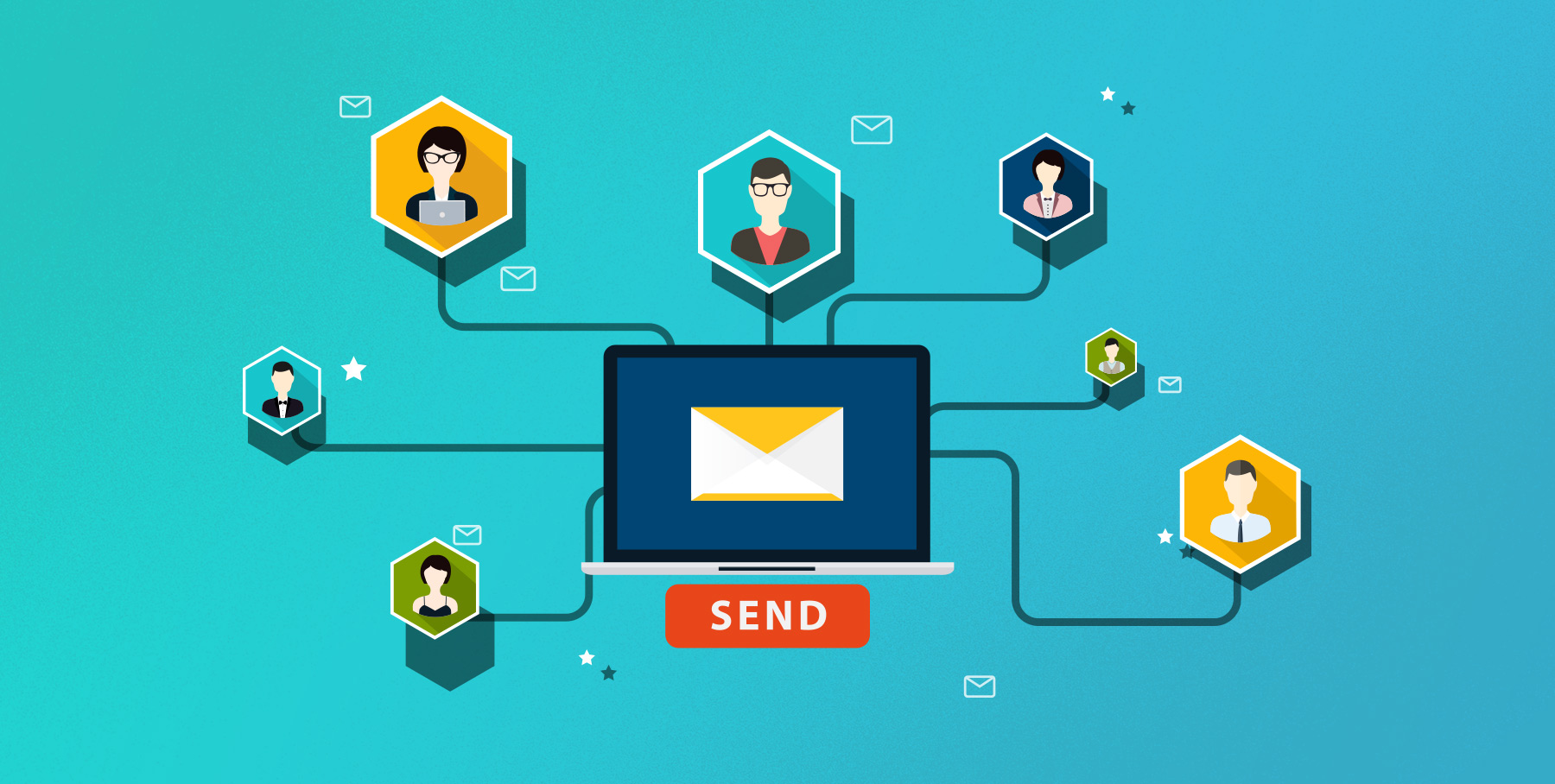
What’s going on in your head when you sit down to send an email promotion or campaign?
For most people, the natural inclination is to take your product, service, or offer and put it front and center. You know you have a solution that works, so you tell your customers that you’ll save the day.
Here’s the problem: that’s YOUR story, and customers don’t care about that. They only care about THEIR story — what they want and who can help them achieve it. When we ignore that, our customers check out of our emails and we don’t get good results.
But when we understand the story our customers are living and how we can play a powerful role in it, something special happens. We can start connecting with customers in a meaningful way and our company growth takes off.
This is a major paradigm shift we teach at our StoryBrand Live Workshops. But I often get asked how that kind of customer-centric messaging might look in our day-to-day marketing materials.
I want to connect the dots between that big idea — “your customer is the hero” — and how it looks in real-world marketing.
So I’ve pulled together six examples of savvy email marketing campaigns that put the customer’s interests front and center. Each one comes with a significant takeaway, so you can apply these ideas to whatever industry you’re in.
I know this will help you create the kind of email marketing that will get customers opening, clicking, and buying.
Takeaway #1 from REI:
Feature your customer as the hero, not your brand
As business owners, we think it’s important to introduce ourselves, talk about our awards, feature our products, and show how we can be the hero that saves the day.
But once your email campaign arrives in your customer’s inbox, it’s officially stepping into their story. All that noise about your company doesn’t fit into the narrative of what they’re trying to overcome or accomplish.
If you position your own brand as the hero, you’ll subconsciously compete with your customer’s internal narrative.
In fact, if you position your own brand as the hero, you’ll subconsciously compete with your customer’s internal narrative. That kind of marketing almost always fails to connect.
If you’re making this mistake, you’ll find the words “us,” “we,” or “my” popping up a lot in your marketing copy. If you’re doing a good job of making your customer the hero, you’re more likely to see words like “you” and “your.”
Let’s look at an email from outdoor outfitters REI.

If REI positioned themselves as the hero, the headline copy of this email might have said:
Check out our European adventures!
We offer flexible itineraries and great prices.
Instead, they orient the language to the customer’s dreams and aspirations:
Now booking: your European escape
Make this the year you discover Europe.
Say you’re at work, subconsciously bemoaning the day-to-day drudgery and stress of it all, and this email arrives. It meets you where you are and speaks your language: It’s your European escape, and this is the year “you discover Europe.”
Takeaway #2 from Bed Bath & Beyond:
Make your customer the star of the subject line
A common mistake in email marketing is to spend a lot of time finessing the content of your campaign and then slap a bland subject line on it, like “February Newsletter.”
Connecting with your customers over email starts before they ever open it. That’s where a strong subject line comes in. Try subject lines that state or tease what’s in it for your reader if they open.
Here’s a great example from Bed Bath & Beyond. The subject line says:
5 ways to get your best night’s sleep. Plus, your special 20% coupon.

It’s a simple strategy, but you immediately know what’s in it for you when you open the email. And you really can’t argue with better sleep.
Takeaway #3 from Hyatt Hotels:
Show customers what life looks like when they take action
When it comes to making your customer the hero, this is critical: every hero at some point in the story needs to take action. (For example, Luke Skywalker has to accept the mission to defeat the Death Star.)
The images and copy in your email are your opportunity to show what life will look like when your customers take action.
But before we dig into that, remember that when we first open an email, we don’t start reading right away. Instead, we scan. (Marketers do cool eye-tracking studies that show exactly where our eyes go!)
Images can express in an instant what it takes seconds or even minutes to convey in copy.
That’s why images are such a powerful tool in email. Images can express in an instant what it takes seconds or even minutes to convey in copy. So they’re a great way to draw in your readers and get them connecting with what they want.
Here’s a great example of this strategy in action from Hyatt Hotels.

The headline, the image, and description copy all give vivid details about each travel destination. Plus, they draw your eye to the all-important call to action.
Takeaway #4 from The Company Store:
Address a specific problem
The first question we ask about a hero in a story is “What does the hero want?”
Tommy Boy wants to save the family business. In The Hunger Games, Katniss Everdeen wants to save her sister.
So in order to send email campaigns that make your customer the hero, you’ve got to do two things: first, know your customers’ needs and desires; and second, show how you can help your customers fulfill them.
What’s a specific problem your customers are facing? How does your product or service alleviate or eliminate it? Try building an email campaign around that idea.
Here’s an email from The Company Store to give you a sense of how it’s done.

The subject line is direct: “Let us help reduce your home heating costs!” It’s a clear promise for a specific problem, and the supporting copy in the email continues the idea and connects it to the product.
Takeaway #5 from Zappos:
Frame up features as benefits
Of course, you can’t only talk about your customers’ problems and frustrations in your email campaigns. You’ve got to show that you can solve those problems.
The easiest way to do that is to describe your product, service, or offer. But don’t just list features. Show how each feature benefits your customer.
Here’s a great example from Zappos.
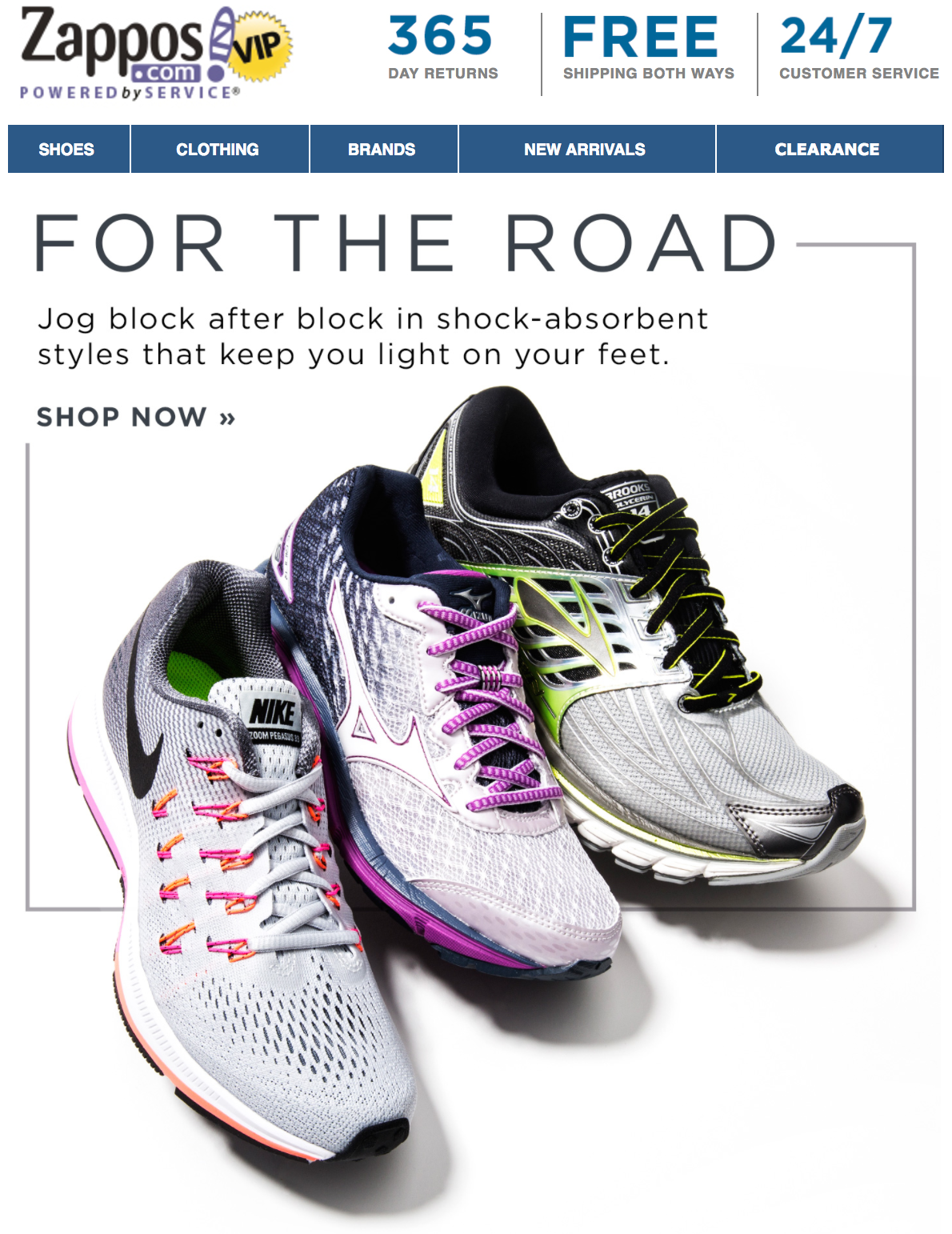
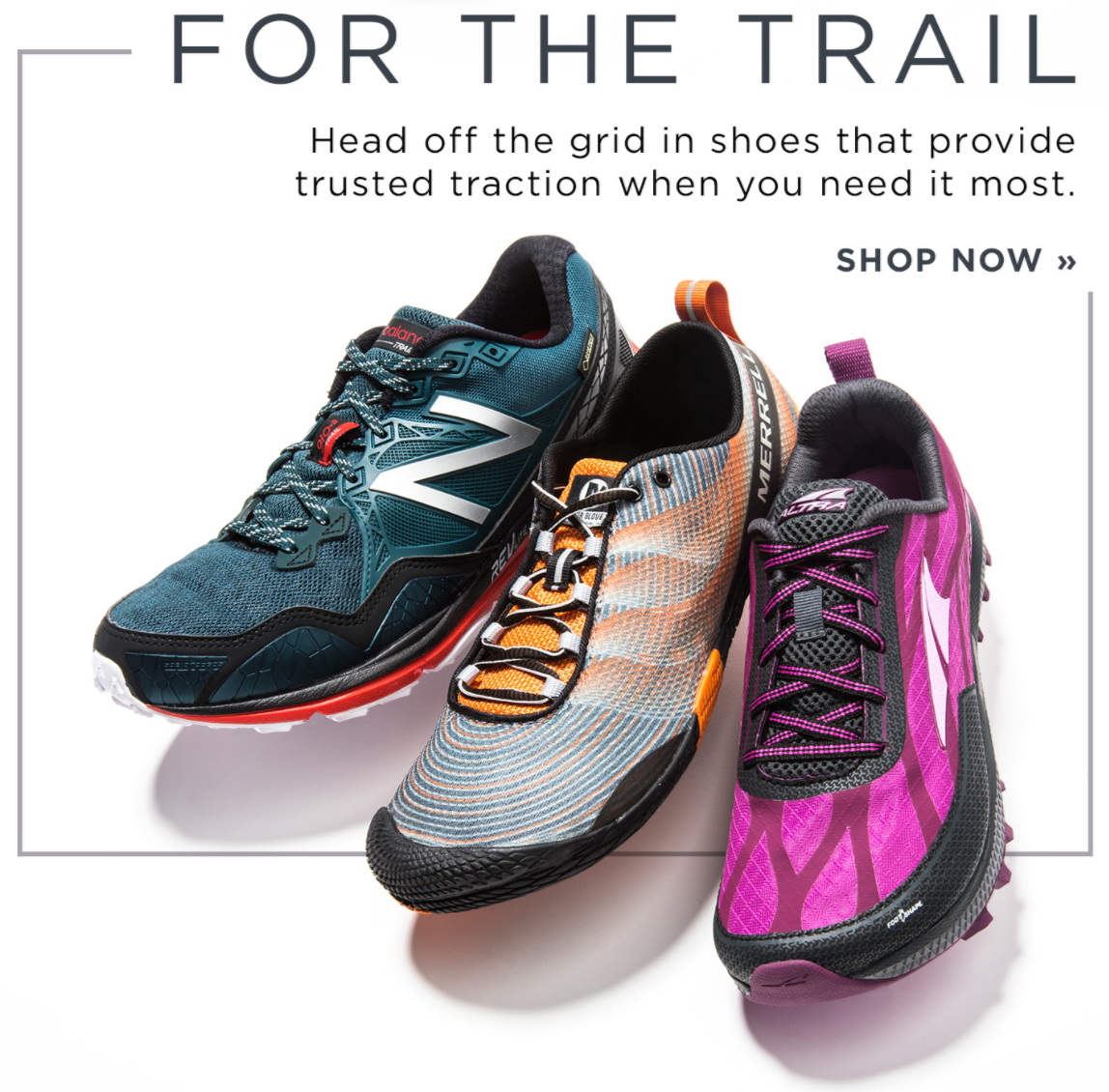
Yes, these running shoes are shock absorbent. That’s a good feature. But the copy connects the shock absorbency to what it allows you to do — “jog block after block.”
Same with the trail shoes — traction is the feature, but the freedom of heading “off the grid” is the real benefit.
The bottom line: even when you’re talking about your product or service, make sure you frame it up so that your customers understand exactly how it’s going to come into their “story” and make their life better.
Takeaway #6 from Skip Hop:
Show how your current customers are winning
One smart way to show that you help your customers win the day is — surprise, surprise — showing your customers winning the day.
Customers will trust you to help them overcome their problems, because they’ve got real-world evidence that you’ve helped others like them.
It could be as simple as featuring a headshot and short customer testimonial in your next email. Find one where a customer shares the results or transformation you’ve helped them achieve. (For more on getting great testimonials, check out this blog post.)
This email campaign from children’s product retailer Skip Hop goes a step further, featuring social media posts from other customers who are enjoying their products. With each picture and caption, they’re showing real-world proof that their products help you solve common parent struggles like packing lunches or going out with all the kid supplies you need handy. (Hat tip to my friend with young kids who helped me dig up this example!)


—
As you can see from these examples, this big idea — that your customer is the hero of the story, not your brand — is more than just a big idea. You can apply it practically every day in your marketing, even if it’s just a small shift in the messaging or creative of your email campaigns.
I hope these takeaways get you inspired to up your email marketing game and make a more meaningful connection with your customers in their inboxes.
Have you seen or sent any great email campaigns lately that put the focus on the customer? Leave a comment and tell me about it!
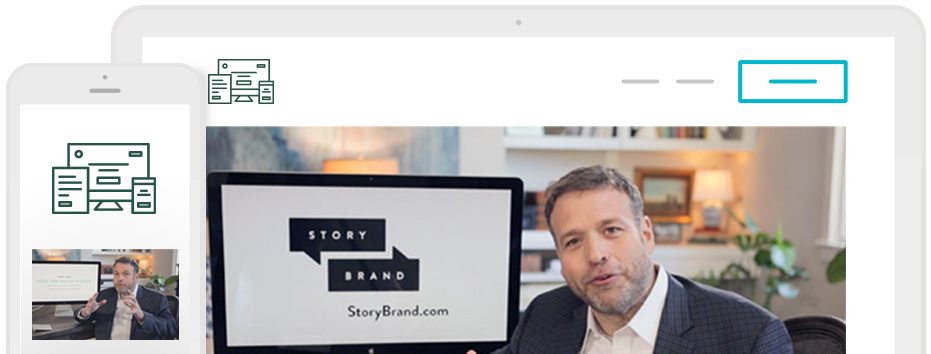
Improve Your Marketing This Week
In three short videos, my 5 Minute Marketing Makeover will show you the common problems most small businesses make on their websites — and how to fix them. Discover tweaks you can make this week to boost your sales right away.


